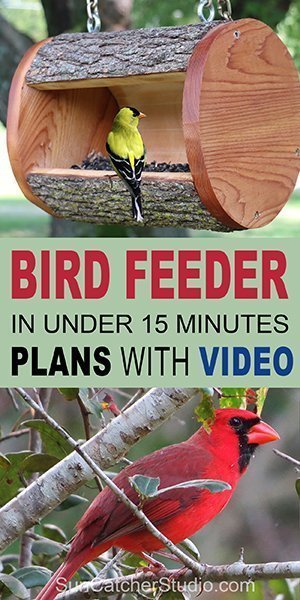Your backyard can be so much more than just a place to set out some patio furniture. You can make a National Wildlife Federation certified wildlife habitat. You might thing that your yard is too small or you can’t do that in the city. That isn’t the case you can find certified wildlife habitats all over the country, they can be found outside of businesses, schools, churches, community gardens and even homes just like yours. If you want to learn how to get your wildlife sanctuary certified then read on.
Food Sources
To satisfy the requirements of certification you need to provide at least three food sources for wildlife, they can come from the plants in your yard (that is ideal), such as seeds, nut trees, berries, fruit, nectar, foliage or sap. You can use feeders for squirrels, hummingbirds and squirrels particularly in the winter months and during very hot summer days when food can be scarce. Native plants will work best.
Water Sources
You will need to have at least one source of water. If you are living by a lake or have waterfront property then you have got this covered. You can create a backyard pond but if that isn’t possible then all you need is something wildlife can access. A smaller container with fresh water and some rocks for birds and bees is more than enough. Those really pretty birdbaths you can find in home improvement stores are too hard for birds to use, the edges are too slippery rough surfaces are better for them.
Provide Cover
Even wildlife needs a break from the weather and the heat of the sun. If you want your habitat certified then you need to provide at least two sources of cover. This is where most people balk, because cover can make your yard look messy. Cover can consist of a pile of brush, dead tree, log pile, thick shrubs or a pile of rocks.
Nesting Area
Wildlife need a place where they can nest and raise their young. If you live in the city then you can put up a birdhouse or a plant for butterflies. It is not as hard as it sounds.
Get Your Certification
You can go to the National Wildlife Federations website and fill out the application and tell them about the habitat that you have created. There is a small fee that helps with their outreach efforts.

